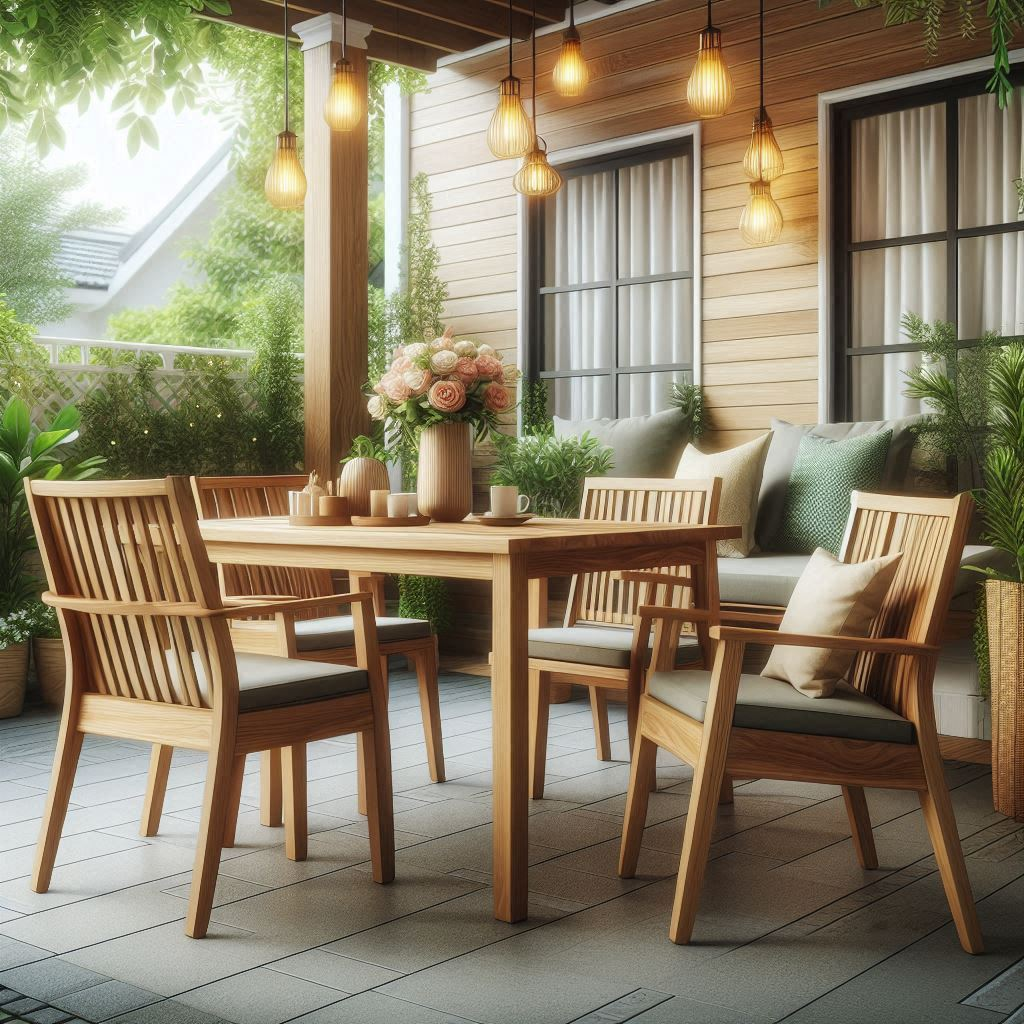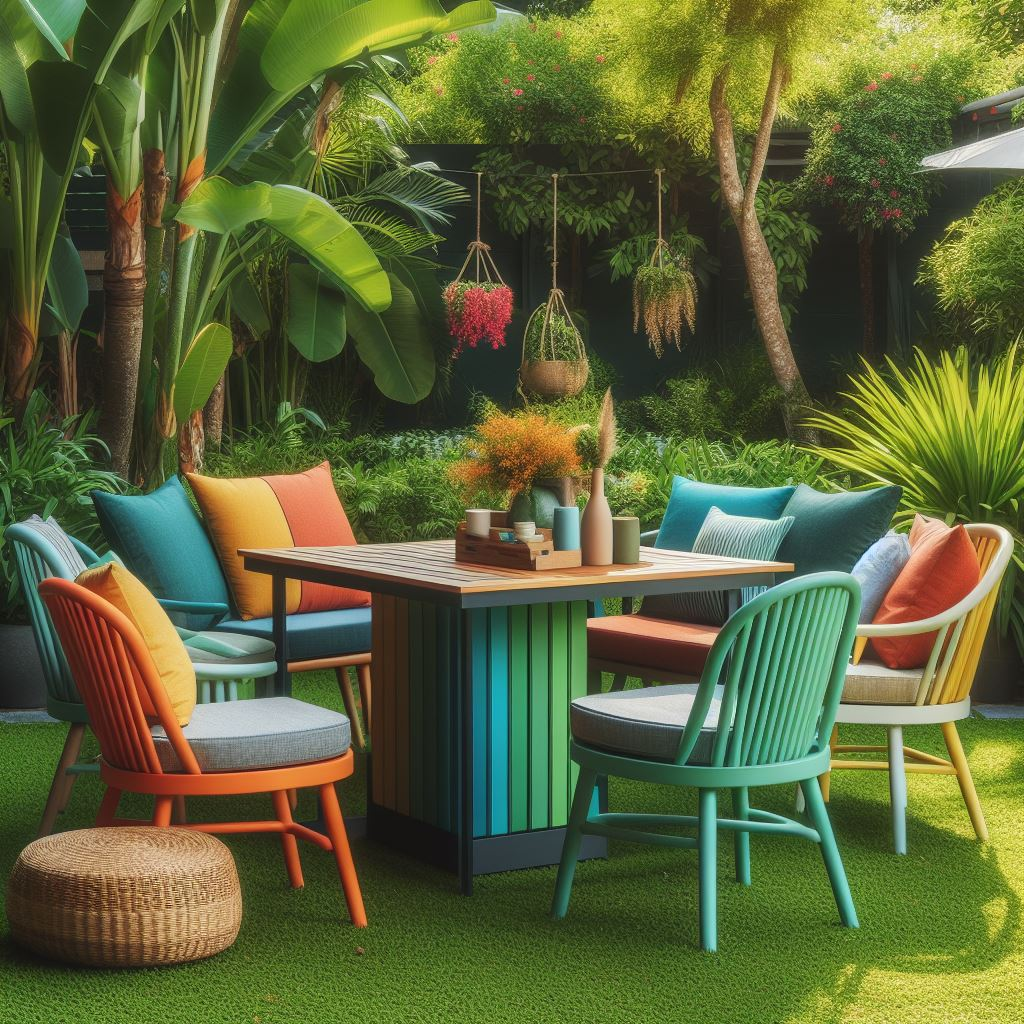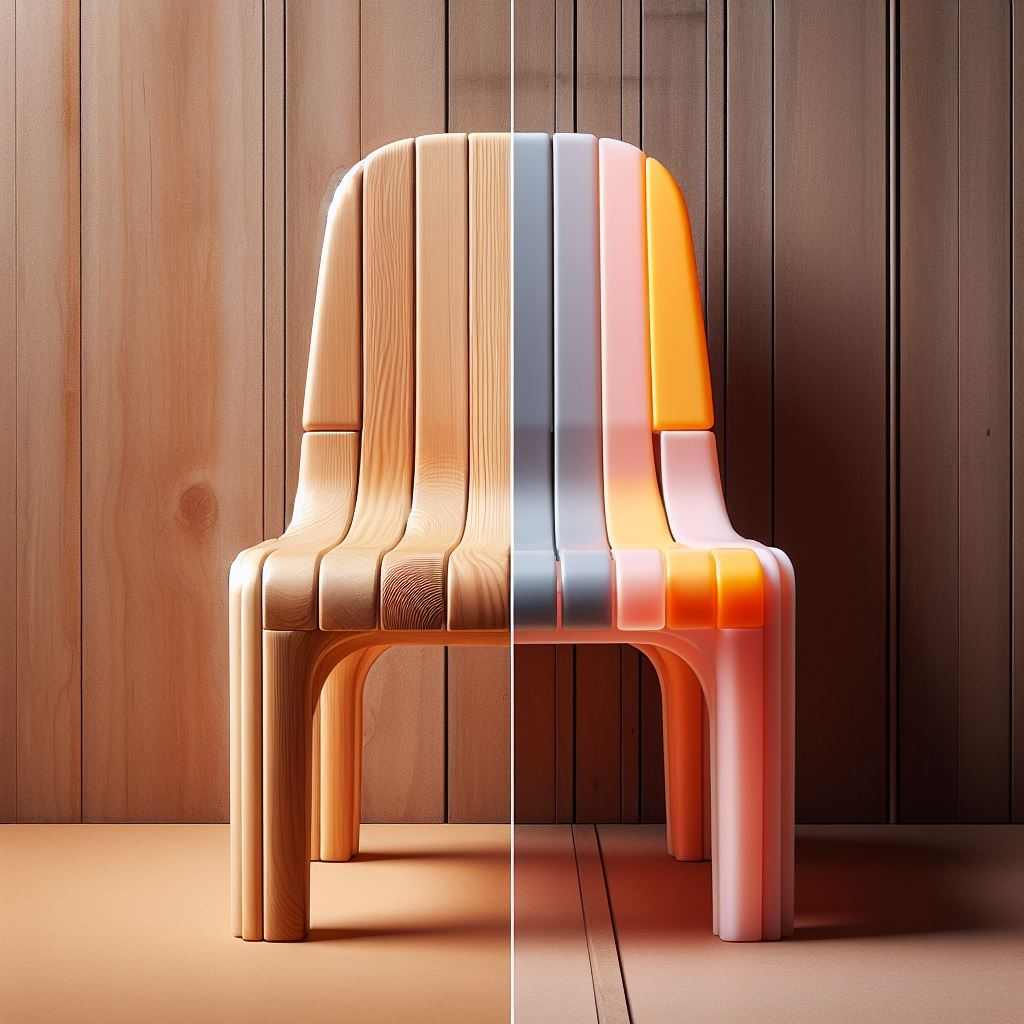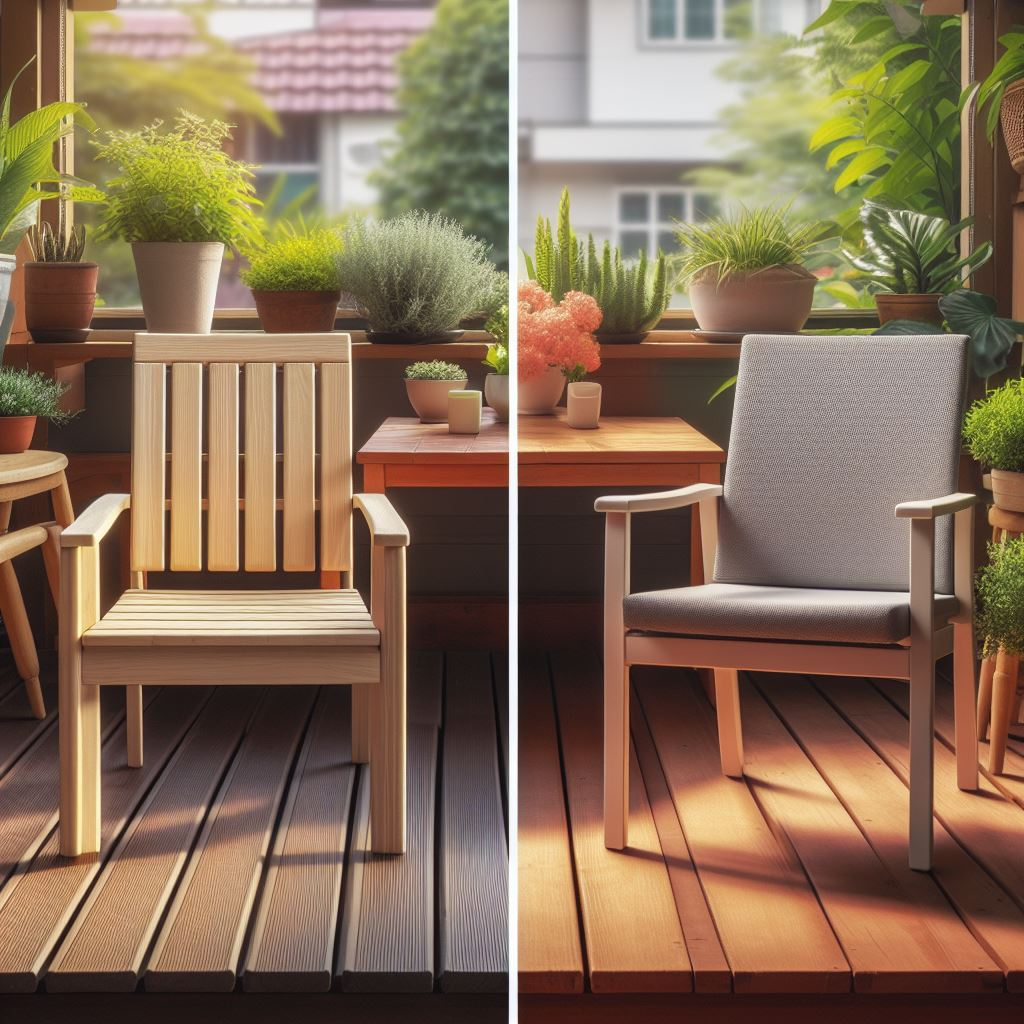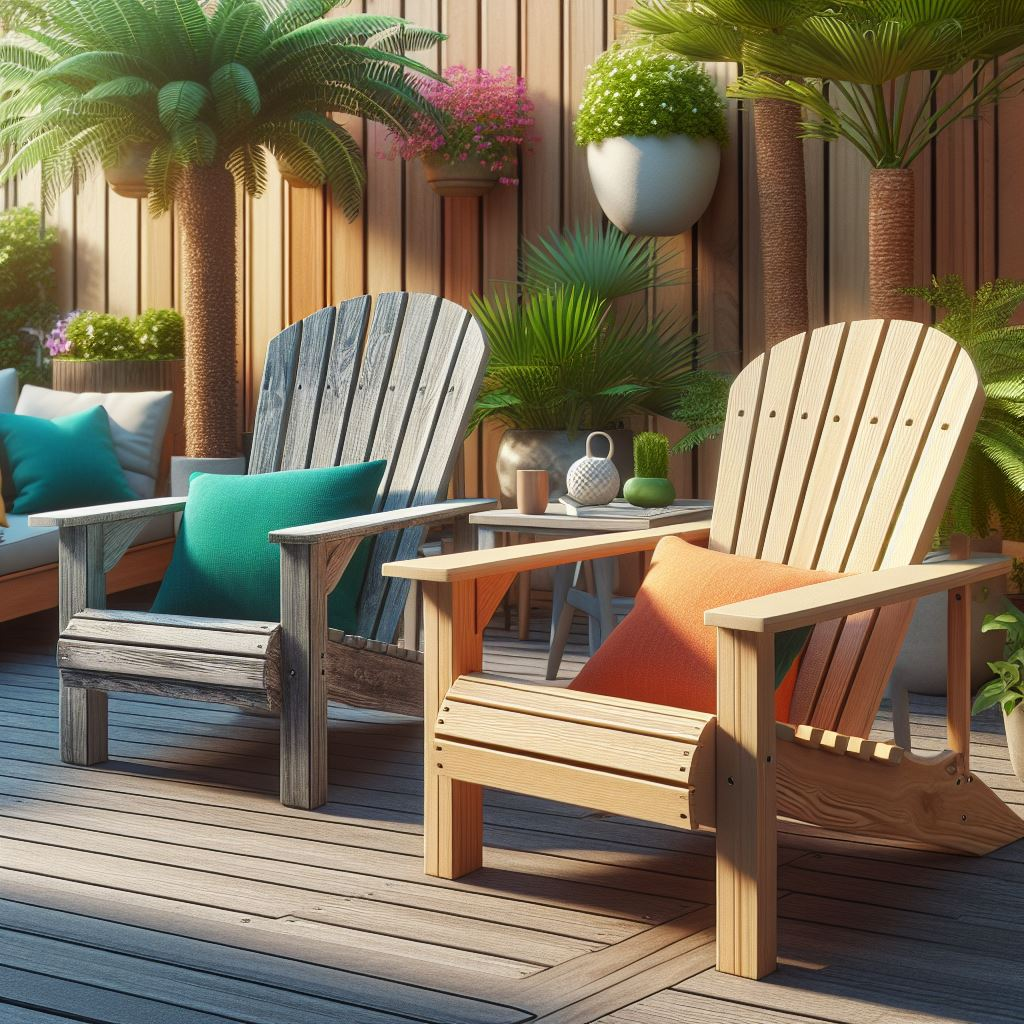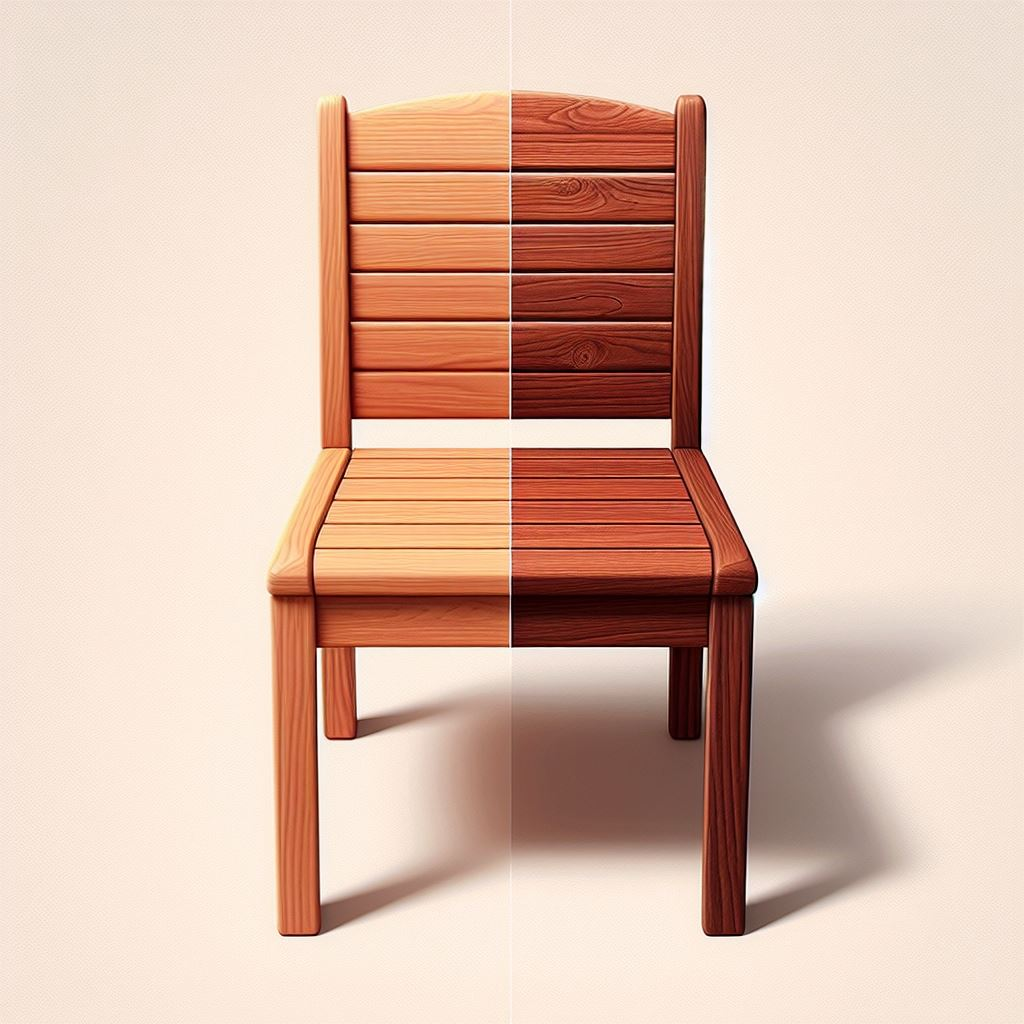As an expert in the field of outdoor furniture, I’ve spent a considerable amount of time studying and understanding the nuances of different materials used in creating durable and sustainable outdoor pieces. Today, I’d like to share my insights on two popular materials often discussed in the outdoor furniture market: High-Density Polyethylene (HDPE) and Polywood outdoor furniture.
Comparison of HDPE and Polywood:
| HDPE | Polywood | |
|---|---|---|
| Material Type | HDPE is a petroleum thermoplastic. | Polywood is a brand that uses HDPE to manufacture outdoor furniture. |
| Composition | HDPE is derived from natural gases such as ethane, propane, methane, or a mix, or it can be obtained by catalytic cracking of crude oil into gasoline. | Polywood uses HDPE, which is derived from recycled plastic containers like milk jugs and laundry detergent bottles. |
| Structure | HDPE has a linear structure with a low degree of branching, contributing to its strength. | Polywood lumber includes UV-inhibited pigment systems to maintain the color throughout the material. |
| Properties | HDPE has a density of 0.93 to 0.97 g/cm3, a melting point of 120 to 140°C, and a continuous temperature of -50°C to +60°C. It is known for its tensile strength, high-impact resistance, and melting point. | Polywood shares the properties of HDPE. In addition, it is designed to withstand all types of weather conditions. |
| Applications | HDPE is used in various applications due to its high strength-to-density ratio. It is commonly used in the production of plastic bottles, corrosion-resistant piping, geomembranes, and plastic lumber. | Polywood is primarily used to create outdoor furniture. The brand produces all types of outdoor poly lumber furniture. |
| Environmental Impact | While HDPE is derived from petroleum, it is recyclable under resin identification code 2. | Polywood takes environmental sustainability a step further by recycling plastics. The brand recycles an average of 400,000 ocean-bound and landfill-bound plastic containers per day. |
| Durability | HDPE is known for its durability and weather resistance. It can withstand rain, sun, cold, heat, and the wear and tear of your backyard for many years. | Polywood, being made from HDPE, shares these benefits. The brand’s furniture is designed to last for many years with minimal maintenance. |
High-Density Polyethylene (HDPE) Outdoor Furniture
HDPE, or High-Density Polyethylene, is a petroleum-based thermoplastic material renowned for its impressive tensile strength, high-impact resistance, and excellent melting point. It’s a robust and weather-resistant plastic, with a linear structure and a low degree of branching, which significantly contributes to its strength and durability.
This material is derived from natural gases such as ethane, propane, methane, or a mix, or it can also be obtained by the catalytic cracking of crude oil into gasoline. As a result, HDPE is highly versatile, making it a preferred choice for crafting long-lasting, heavy-duty outdoor furniture that can withstand various environmental conditions.
The primary properties of HDPE include:
- A density range of 0.93 to 0.97 g/cm³
- A melting point of 120 to 140°C
- Continuous temperature resistance between -50°C to +60°C
Due to its high strength-to-density ratio, HDPE is not only used in outdoor furniture but also for plastic bottles, piping, and industrial materials. When it comes to HDPE outdoor furniture, you’ll find that it is highly weather-resistant, capable of withstanding rain, UV exposure, and temperature fluctuations. This makes it one of the best materials for outdoor furniture in terms of durability and longevity.
Polywood Outdoor Furniture
Polywood is a brand that manufactures high-quality outdoor furniture using HDPE lumber. The brand is highly regarded for its eco-friendly outdoor furniture, as it recycles an average of 400,000 ocean-bound and landfill-bound plastic containers per day. These recycled plastics are transformed into genuine Polywood lumber, a material used to create sustainable outdoor furniture.
One of Polywood’s key innovations is its UV-inhibited pigment systems. This system ensures that the color of Polywood furniture remains consistent throughout the material, not just on the surface, making it resistant to fading even with long-term sun exposure. Their lumber is used to craft a wide variety of weather-resistant Polywood outdoor furniture, ranging from Adirondack chairs to dining sets.
HDPE vs. Polywood: A Comprehensive Comparison for Outdoor Furniture Buyers
When comparing HDPE vs. Polywood for outdoor furniture, it’s important to clarify that while HDPE is the raw material, Polywood is a brand that uses this material to manufacture outdoor furniture. Polywood lumber is essentially crafted from HDPE plastic, which is why the two terms are often confused.
- Material Quality: HDPE is known for its durability and weather-resistant properties. Polywood shares these same attributes since it is made from HDPE, with the added benefit of being a more environmentally sustainable option due to its recycling process.
- Environmental Impact: One of the biggest advantages of choosing Polywood outdoor furniture is its contribution to reducing plastic waste. By transforming discarded plastic bottles into outdoor furniture, Polywood provides an eco-friendly option without compromising on quality or design.
- Durability and Maintenance: Both HDPE and Polywood are excellent options for outdoor furniture that can withstand the elements. HDPE outdoor furniture is easy to clean, does not absorb moisture, and resists mildew and mold growth. Polywood furniture inherits these qualities while offering additional design versatility.
- Cost-Effectiveness: In terms of pricing, Polywood outdoor furniture prices may be slightly higher due to the brand’s reputation for quality and sustainability. However, for buyers seeking eco-friendly outdoor furniture that requires minimal maintenance and offers long-term durability, the investment is worth it.
Why Choose HDPE or Polywood for Outdoor Furniture?
HDPE outdoor furniture is widely recognized as one of the most durable options available. It offers the ideal combination of strength, resilience, and weather resistance, making it perfect for year-round outdoor use. Whether you are looking for furniture that can withstand rainy seasons, prolonged sun exposure, or winter cold, HDPE is a material that can handle it all while maintaining its structural integrity.
Similarly, Polywood outdoor furniture offers the same benefits but with an added focus on sustainability. If you are environmentally conscious and want to invest in furniture made from recycled materials, Polywood furniture is an excellent choice. The brand’s commitment to recycling plastics and using UV inhibitors ensures your furniture will remain attractive and functional for years to come.
Conclusion: HDPE and Polywood – Your Go-To Materials for Outdoor Furniture
In conclusion, both HDPE outdoor furniture and Polywood outdoor furniture offer excellent options for anyone looking to invest in durable, weather-resistant, and aesthetically pleasing outdoor pieces. While HDPE provides a wide range of applications, Polywood furniture enhances this material by making it environmentally friendly and appealing to sustainability-conscious buyers.
When deciding between the two, your choice will largely depend on your personal priorities – whether it’s the desire for sustainable outdoor furniture, cost-efficiency, or purely durability. Either way, both materials are top-tier choices for anyone looking to elevate their outdoor space with high-quality furniture that lasts.


